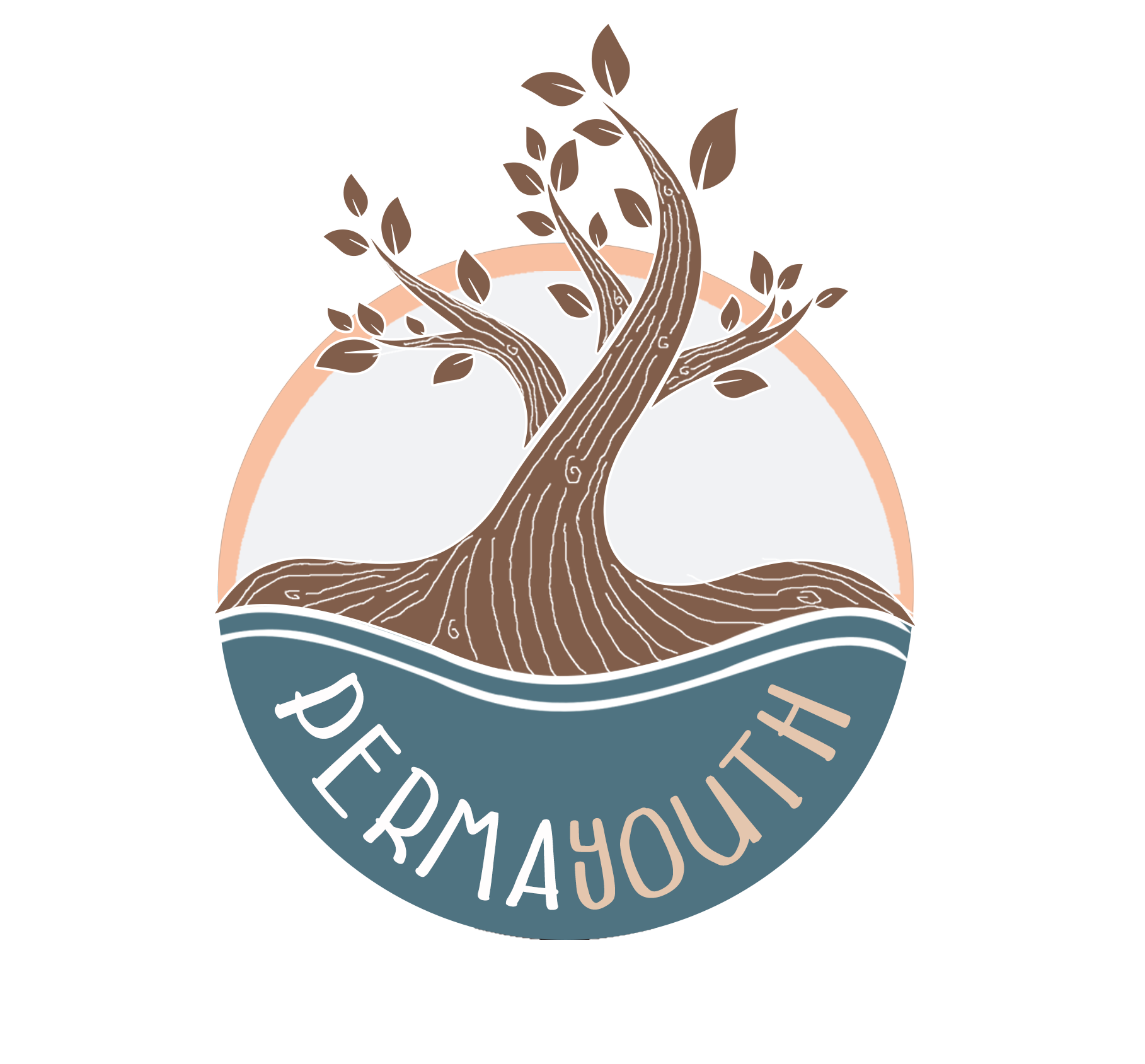📖 Introduction to the Lesson
Welcome to Chapter 9! ⚡ In this lesson, we explore one of the most critical elements of modern life: energy. It powers our homes, transportation, technology—even this very course. But how we produce and consume energy determines the future of our climate, economy, and communities.
We’ll look at how renewable energy systems work, how energy efficiency and conservation reduce impact, and how communities are taking control of their power through local, democratic solutions.
🌍 Energy Systems in Crisis
Today’s energy systems are heavily dependent on fossil fuels like coal, oil, and gas. These sources are not only finite—they are also the biggest contributors to climate change. Burning them releases greenhouse gases, pollutes air and water, and deepens global inequalities.
In response to these challenges, countries like Germany have pioneered national energy transitions. Germany’s Energiewende policy is one of the most ambitious examples, aiming to phase out nuclear and coal while investing heavily in solar, wind, and energy efficiency. The goal: energy self-sufficiency, economic stability, and major emission cuts.
This energy shift is not just about technology—it’s about rethinking the systems of control, profit, and resilience that underpin our societies.
🔋 Renewable Energy Options
- ☀️ Solar Power: Captures energy from the sun using photovoltaic panels. Projects like Zon op Zee in the Netherlands—the world’s first offshore solar farm—show how solar can work even in space-limited or aquatic environments.
- 🌬️ Wind Energy: Wind turbines are now common across Europe. Community-owned wind projects allow people to benefit directly from clean energy.
- 🌊 Hydropower and Tidal: While controversial, innovations are making these systems less harmful to ecosystems.
These technologies are most effective when they’re part of decentralized systems—owned and managed by local communities rather than distant corporations.
🌱 From Consumer to Prosumer: Energy Communities
In the traditional model, we’re all energy consumers—we pay companies for power. But a new movement is emerging: the prosumer. A prosumer both produces and consumes energy—usually through solar panels or participation in local grids.
Organizations like REScoop.eu (European Federation of Citizen Energy Cooperatives) are leading the way. These energy communities:
- Are citizen-owned and democratically run.
- Promote local resilience and self-sufficiency.
- Keep energy profits in the community.
This isn’t just a new energy model—it’s the foundation for a new economic system. One based on cooperation, sustainability, and shared wealth.
💡 Energy Efficiency and Conservation
Renewables are vital, but so is using less energy. That’s where energy efficiency comes in:
- 🏠 Passive solar design: Buildings like the Sunlighthouse in Pressbaum, Austria, use smart design to stay warm in winter and cool in summer—without extra energy.
- 🔌 Energy-saving habits: Turning off unused appliances, switching to LED lights, and insulating your home can cut your energy use—and your bills.
These actions may seem small, but they make a huge difference, especially when adopted widely.
🤖 The Digital World’s Energy Hunger
You might not feel it, but every Google search, video stream, and AI query uses real electricity—most of it from large data centers.
Recent research by Alex de Vries-Gao published in Joule reveals that AI now accounts for up to 20% of global data center energy use, and that number could rise to nearly 50% by the end of 2025. That means AI could soon consume more energy than all bitcoin mining combined.
Data centers not only use electricity—they also consume water to stay cool. This invisible footprint of our digital lives is growing, yet often overlooked.
It’s time to rethink what we use tech for—and make space for digital sufficiency.
🛠️ Activity: Conduct an Energy Audit
- Walk around your home or school and list all energy-using appliances.
- Note which ones are often left on or used inefficiently.
- Suggest 3 changes you could implement today to save energy.
- Can you add a renewable source like a solar charger or plug into a green energy provider?
Share your ideas and actions using #PermaYouthEnergy.
📚 Further Reading & Resources
- Germany’s Energiewende – EIIR Article
- Zon op Zee Offshore Solar Farm
- Sunlighthouse Project – Velux
- REScoop.eu
- AI Energy Use Report – Wired
✅ Conclusion
Energy powers our lives—but how we generate and use it defines the future. Permaculture teaches us to see energy as a flow, not a commodity. When we produce energy locally, use it wisely, and share it fairly, we take a powerful step toward a more just and sustainable world.
You have the power—literally—to be part of that change.
Let’s power the future together!
